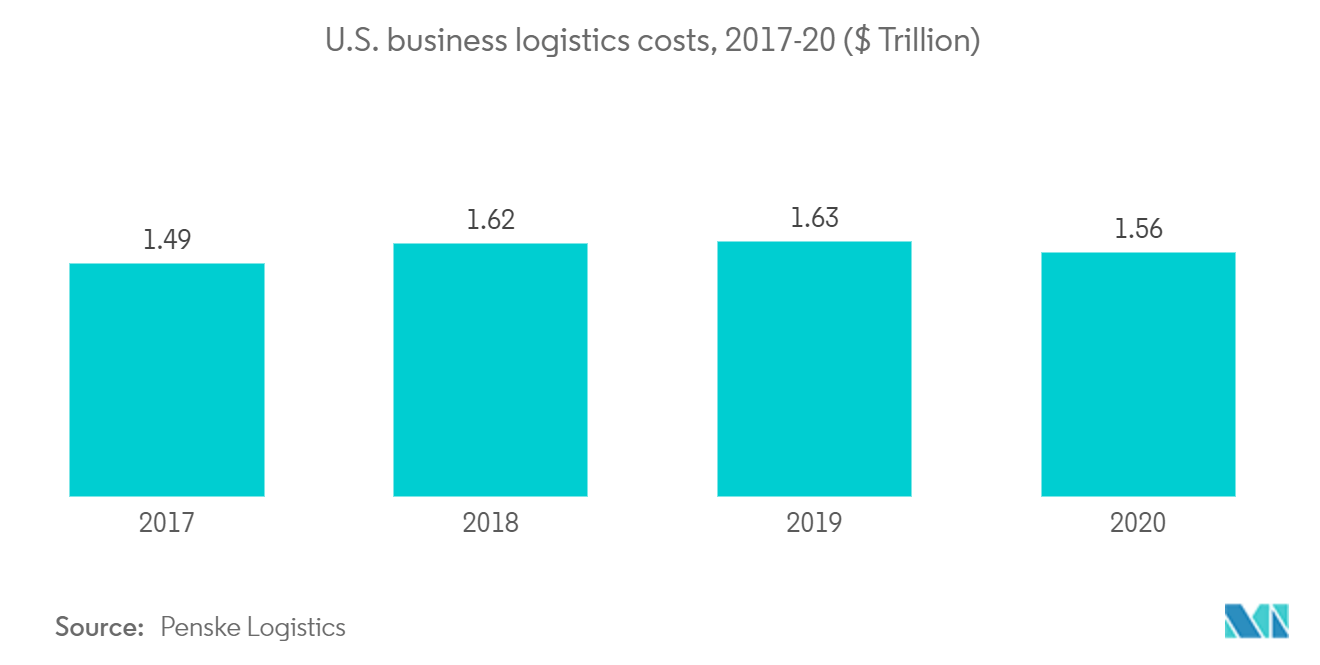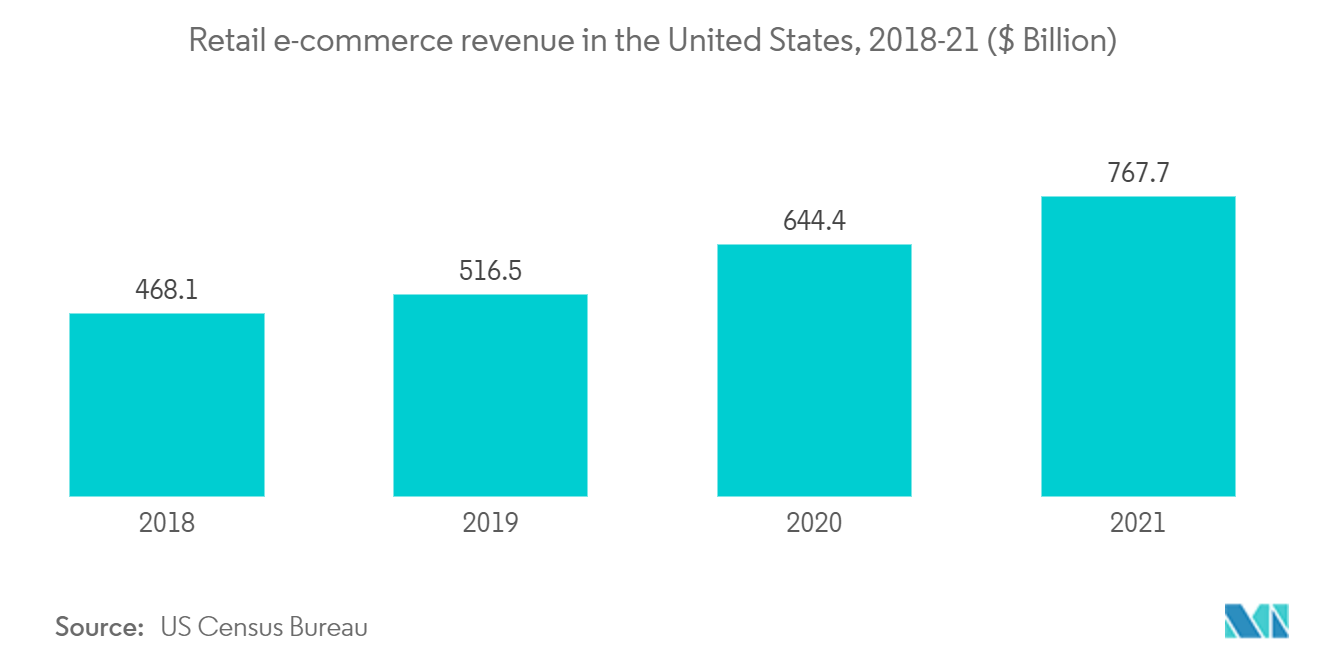Market Trends of U.S. Supply Chain Management Software Industry
This section covers the major market trends shaping the US Supply Chain Management Software Market according to our research experts:
Cost Savings Due To SCM Software
- The U.S. supply chain management software is expected to be driven by cost savings caused by utilizing SCM software. With businesses going global and increased competition, supply chains are getting more complex. The number of suppliers, orders received/completed, product offerings, and information generated has increased substantially. Using SCM software would reduce the complexity of the process, cost, and resource savings. The need for companies to remain relevant in the market amidst the highly competitive conditions is a crucial driver for the growth of the SCM software market.
- For instance, Home Depot in the United States, one of the biggest retailers selling home improvement and construction products and services, used to have separate logistics management departments in every single physical store to utilize store management-related activities. This was costly as each store had to process the replenishment orders to get the required materials from the suppliers separately. However, with the help of technology and the right SCM software solutions, Home Depot's new centralized inventory and replenishment department's overall performance improved demand forecast accuracy and decreased the cost of operations for the replenishment orders.

Growth of FMCG Segment
With the onset of COVID-19, many sectors of the economy have experienced a setback, except for FMCG and Pharmaceutical Sectors. These two sectors have experienced an increase in demand as they are a part of the essential goods category. With lockdown restrictions, the Retail eCommerce industry has witnessed a revenue boost. The US Retail eCommerce revenue from food & beverage sales amounted to almost $ 7.3 billion in 2019 and has been increasing since. Amazon had the highest market share among the online food and beverage retailers, followed by Walmart and Kroger. Virtual grocery stores still have higher growth potential as more time-strapped customers look for innovative ways to make their lives easier. However, a significant hurdle for online grocery buys remains freshness, as many customers still prefer to see and touch the product before purchase. To tackle this, Amazon has introduced Amazon Fresh and Prime Pantry, two online grocery shopping services that provide same-day or two-hour delivery. Amazon's food and pantry sales are projected to rise from approximately $ 14.5 billion in 2018 to over $ 23 billion in 2021. Among all the food & beverages categories, Packaged Food segment registered the highest growth percentage, followed by Frozen Foods & Dairy segments.

